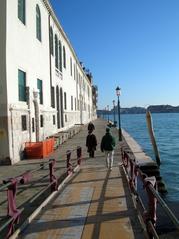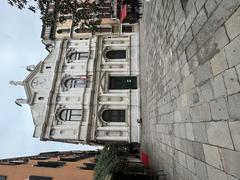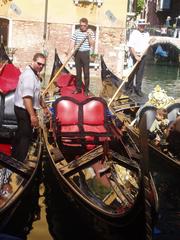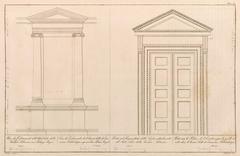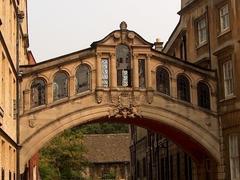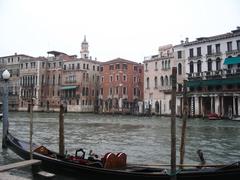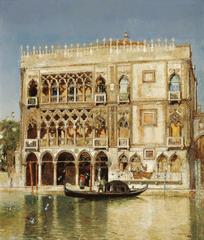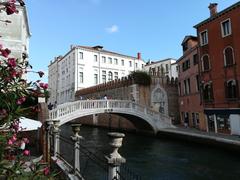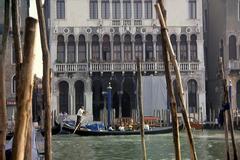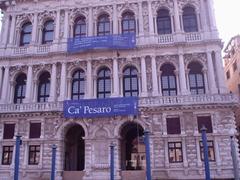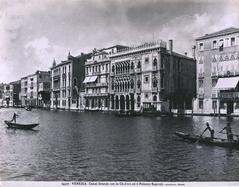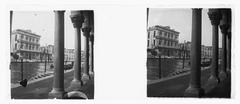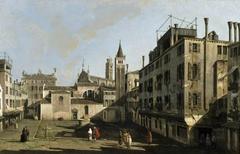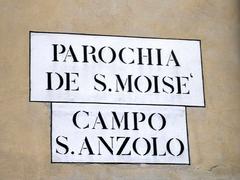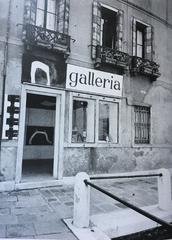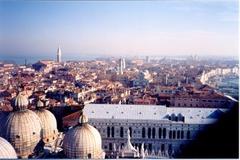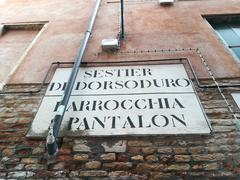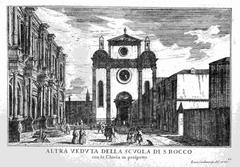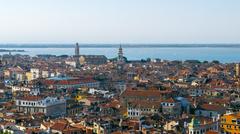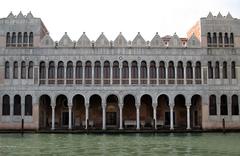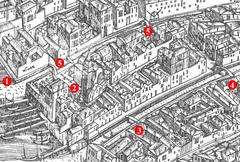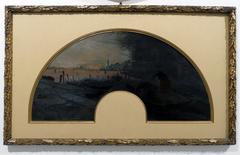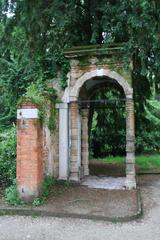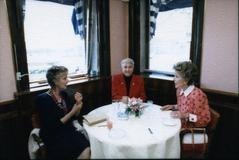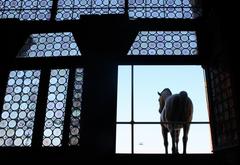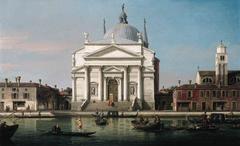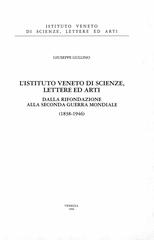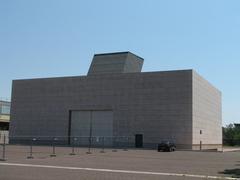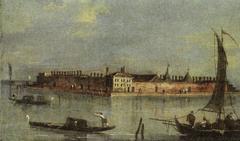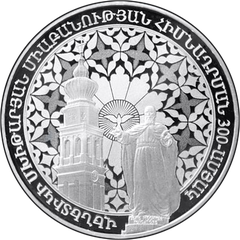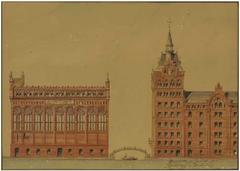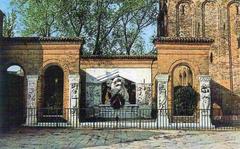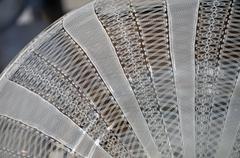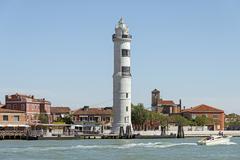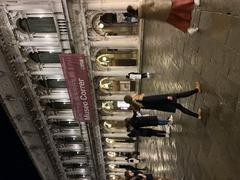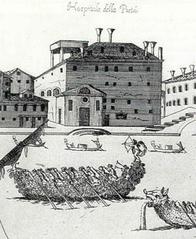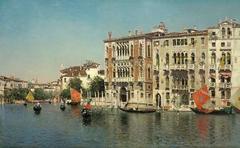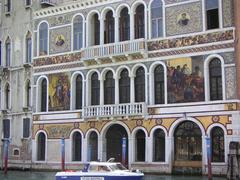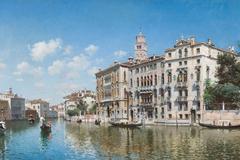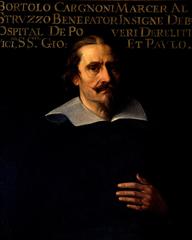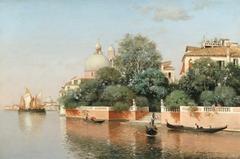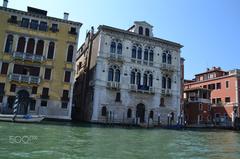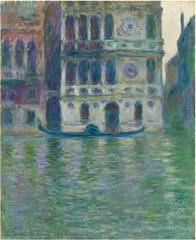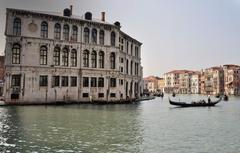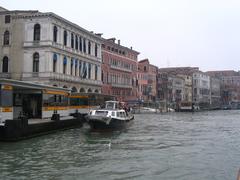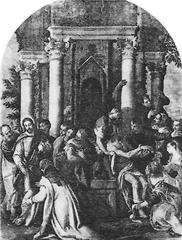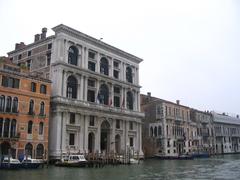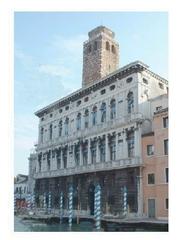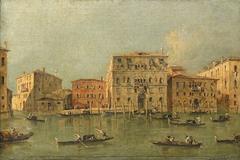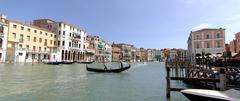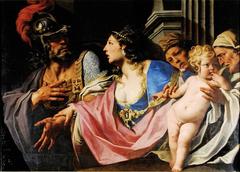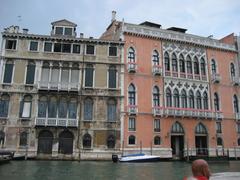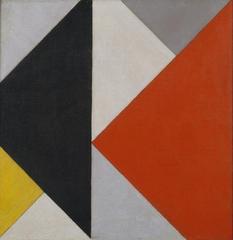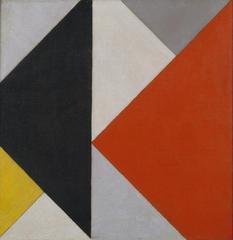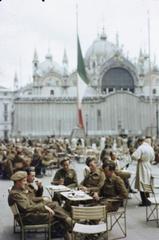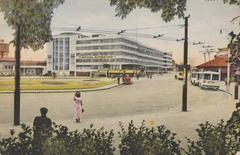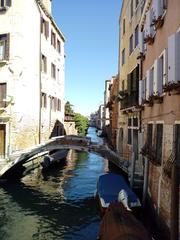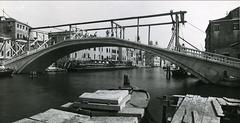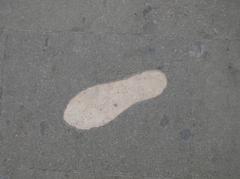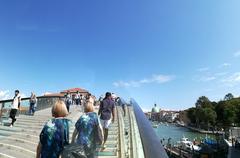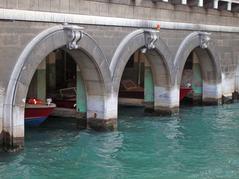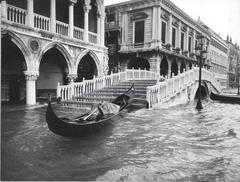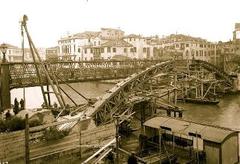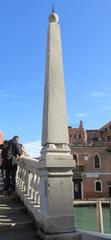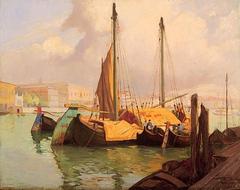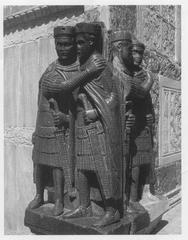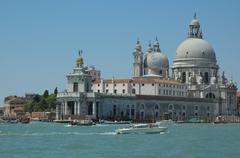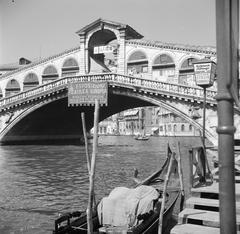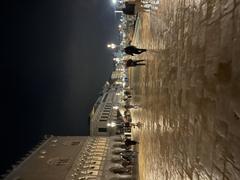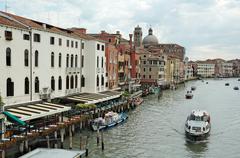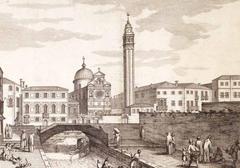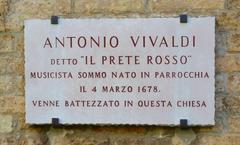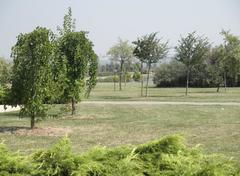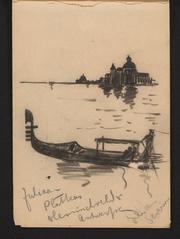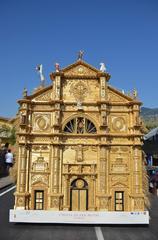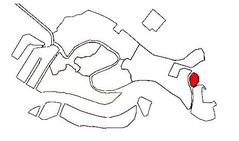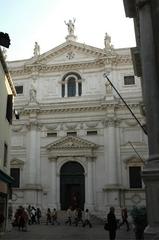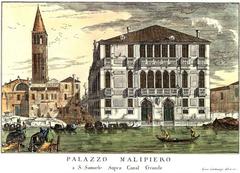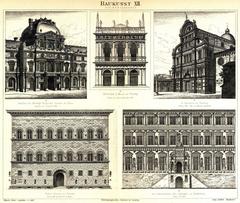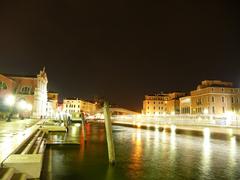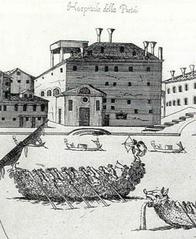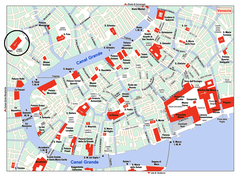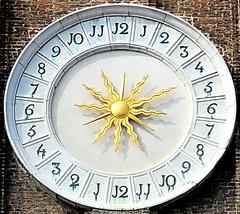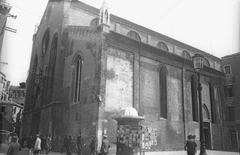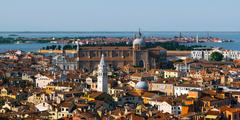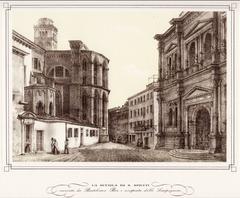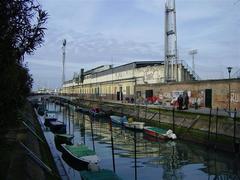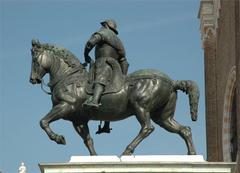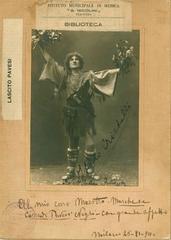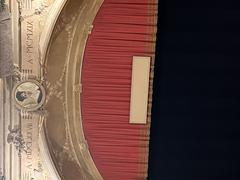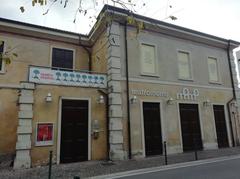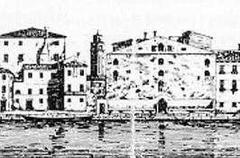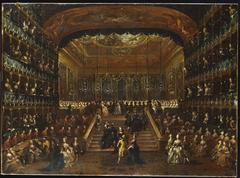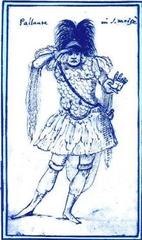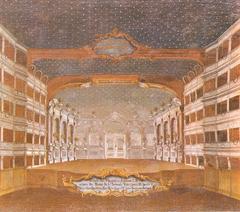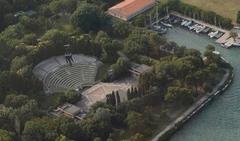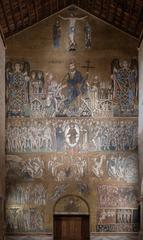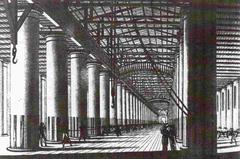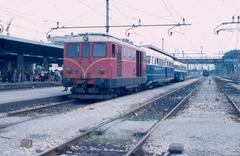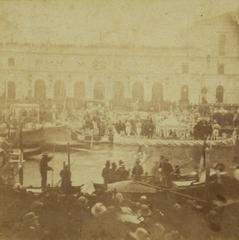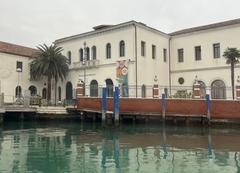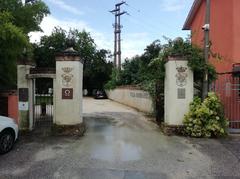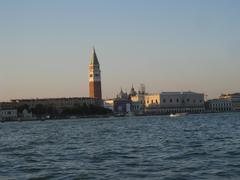Visiting Campo San Giacomo: History, Tickets, and Travel Tips
Date: 01/08/2024
Introduction
Welcome to Campo San Giacomo, an enchanting and lesser-known treasure located in the heart of Venice, Italy. This comprehensive guide is designed to offer an in-depth look at the historical, cultural, and architectural significance of this remarkable area. Campo San Giacomo is home to some of Venice’s oldest and most fascinating churches, including the Church of San Giacomo di Rialto and the Church of San Giacomo dell’Orio. These historical sites provide a unique glimpse into the rich tapestry of Venetian history, showcasing an eclectic mix of Byzantine, Gothic, and Renaissance styles. Visitors can marvel at the exceptional wooden ship-keel ceilings, rare Gothic porticoes, and an array of stunning artworks by renowned artists such as Lorenzo Lotto and Jacopo Palma il Giovane. Additionally, the vibrant campo (square) itself offers a slice of Venetian daily life, filled with local markets, charming cafés, and community events that bring the neighborhood to life (Atlas Obscura, Schmidt Holidays, Fodor’s). Whether you’re an art enthusiast, history buff, or a curious traveler, Campo San Giacomo offers a rich, immersive experience that captures the essence of Venice’s enduring charm and cultural heritage.
Table of Contents
- Introduction
- Historical Background of Campo San Giacomo, Venice, Italy
- Visitor Information
- Preservation and Modern Relevance
- Conclusion and Call to Action
- FAQ
Historical Background of Campo San Giacomo, Venice, Italy
The Church of San Giacomo di Rialto
The Church of San Giacomo di Rialto, often referred to as San Giacometto, is one of the oldest churches in Venice. According to tradition, it was consecrated on March 25, 421, coinciding with the legendary founding date of Venice. However, modern studies suggest a much later date for the church’s construction. It does not appear in a 1097 map, and the first document citing the church dates from 1152 (Atlas Obscura).
San Giacomo di Rialto is notable for its unique architectural features. Unlike most Venetian churches, it has a bell-gable instead of a traditional bell tower. The church also boasts a large, 24-hour clock with just one hand and a rotated quadrant, placing noon on the left and midnight on the right. This clock was crucial for governing the opening and closing times of the nearby Rialto market (Fodor’s).
The Church of San Giacomo dell’Orio
The Church of San Giacomo dell’Orio, located in the Santa Croce district, is another historical gem in Venice. Founded in 814, the church has undergone significant modifications over the centuries, resulting in a fusion of architectural styles. Its name, “Orio,” refers to a type of heron that once inhabited the lagoon environment where the church was built (Schmidt Holidays).
The church’s layout follows the typical basilica plan with a nave and two aisles separated by columns, an apse at the eastern end, and two smaller ones in the aisles. The naves feature arches of Greek marble, showcasing a delightful mix of Byzantine, Gothic, and Renaissance influences. Inside, the wooden ship-keel ceiling, dating back to the 14th century, exemplifies Venice’s maritime traditions (Schmidt Holidays).
Architectural Significance
San Giacomo di Rialto and San Giacomo dell’Orio are both architectural marvels that reflect the rich history and cultural evolution of Venice. San Giacomo di Rialto’s bell-gable and unique clock are rare features that set it apart from other Venetian churches. The church also features one of the last few remaining Gothic porticoes in Venice, adding to its historical significance (Atlas Obscura).
San Giacomo dell’Orio, on the other hand, is a masterclass in the evolution of architectural styles. The exterior is rather simple and unpretentious, but the interior is a treasure trove of art and architectural brilliance. The wooden ship-keel ceiling is a unique feature that highlights Venice’s maritime heritage. The church also houses a collection of Venetian saints painted by various artists, housed in the chapel of the Holy Sacrament, which features a beautifully intricate wooden altar, a fine example of Venetian Baroque sculpture (Schmidt Holidays).
Artistic Brilliance
The interior of San Giacomo dell’Orio is adorned with notable artworks, including two masterpieces by the Renaissance artist Lorenzo Lotto: “The Virgin and Child with Saints” and “The Supper in the House of Simon the Pharisee.” These paintings are rich in detail and symbolism, showcasing Lotto’s exceptional skill and creativity. Another standout piece is “St. John the Baptist” by Jacopo Palma il Giovane, placed in the baptistery. This striking depiction of John the Baptist in the wilderness is a vivid display of Palma’s mature style (Schmidt Holidays).
The Campo and Its Neighborhood
Beyond the churches, the campo (square) of San Giacomo dell’Orio is one of the most charming in Venice. Surrounded by beautiful old buildings, casual cafés, and local shops, it is often filled with locals going about their daily routines, children playing, and visitors soaking up the Venetian atmosphere. Exploring the surrounding neighborhood gives visitors a true sense of Venice’s residential life, making a visit to the church even more special (Schmidt Holidays).
Historical Inscriptions and Market Significance
The important Rialto market took place in front of the Church of San Giacomo di Rialto. There are inscriptions on the apse inviting merchants to be honest, reflecting the church’s role in the commercial life of Venice. The market’s significance is further highlighted by the church’s clock, which governed the market’s opening and closing times (Atlas Obscura).
Visitor Information
- Tickets and Visiting Hours: San Giacomo di Rialto and San Giacomo dell’Orio are open to visitors throughout the year. Specific visiting hours may vary, so it is recommended to check the official websites or local information sources for the most up-to-date details. Generally, entrance to these churches is free, but donations are appreciated.
- Travel Tips: To reach Campo San Giacomo, visitors can take a vaporetto (water bus) to the Rialto or Santa Croce stops. Walking through the charming streets of Venice is also a delightful option. Early mornings or late afternoons are the best times to visit to avoid crowds and enjoy a peaceful experience.
- Nearby Attractions: While in the area, visitors can explore other historical sites such as the Rialto Bridge, the Ca’ d’Oro, and the Fondaco dei Tedeschi. These attractions offer additional insights into Venice’s rich history and architectural splendor.
- Accessibility: Both churches are accessible to visitors with disabilities, although some areas may have limited access. It is advisable to check ahead for specific accessibility information.
Preservation and Modern Relevance
Both churches have survived the test of time, with San Giacomo di Rialto miraculously surviving the conflagration that leveled much of the Rialto area in 1514. The bell-gable, installed in 1792 to replace the tower damaged in the fire, is seen on several other churches in Venice, showcasing an economical but perfectly functional style (Fodor’s).
San Giacomo dell’Orio continues to be an important part of the community, offering a tranquil space of historical and artistic significance away from the crowds. Its unique location in one of the city’s most authentic and unspoiled districts provides an immersive experience, allowing visitors to reflect on the passage of time and the enduring beauty of Venetian culture (Schmidt Holidays).
Conclusion and Call to Action
Exploring Campo San Giacomo is a journey through time, revealing Venice’s historical and cultural layers in a profoundly engaging way. From the ancient Church of San Giacomo di Rialto with its unique clock and bell-gable to the architecturally diverse Church of San Giacomo dell’Orio, these sites stand as testaments to Venice’s rich past. The vibrant campo itself, bustling with local life and community events such as the Sagra di San Giacomo festival, provides an authentic Venetian experience far removed from the typical tourist trails. Visitors can immerse themselves in local culture, enjoy traditional Venetian cuisine, and participate in the community’s daily rhythms. Whether you’re marveling at the artistic masterpieces inside the churches or simply soaking up the atmosphere in the square, Campo San Giacomo offers a memorable and enriching experience. For those planning a visit, ensure to check the latest visiting hours and consider purchasing a Chorus Pass for access to multiple churches. Embrace the opportunity to delve deeper into Venice’s history and culture by downloading our mobile app Audiala for more travel tips and updates, and follow us on social media for the latest news and features (Spotted by Locals, Italy Scapes, Meeting Venice).
FAQ
Q: What are the visiting hours for Campo San Giacomo?
A: Visiting hours can vary, so it is best to check the official websites or local information sources for the most accurate details.
Q: Is there an entrance fee for the churches in Campo San Giacomo?
A: Generally, entrance to San Giacomo di Rialto and San Giacomo dell’Orio is free, but donations are appreciated.
Q: Are the churches accessible for visitors with disabilities?
A: Both churches are accessible to visitors with disabilities, although some areas may have limited access. It is advisable to check ahead for specific accessibility information.
Q: What other attractions are nearby Campo San Giacomo?
A: Nearby attractions include the Rialto Bridge, the Ca’ d’Oro, and the Fondaco dei Tedeschi, all of which offer additional insights into Venice’s rich history and architectural splendor.
References
- Atlas Obscura, Church of San Giacomo di Rialto source url
- Schmidt Holidays, The Hidden Gem of Venice: Church of San Giacomo dell’Orio source url
- Fodor’s, San Giacometto source url
- Meeting Venice, Church of San Giacomo dell’Orio source url
- Wikipedia, San Giacomo dell’Orio source url
- Italy Scapes, The Church of San Giacomo dell’Orio source url
- Venice Travel Guide, Church of San Giacomo dell’Orio source url
- Venice Travel Tips, Famous Squares in Venice source url
- Renato Prosciutto, Campo San Giacomo Rialto Venice source url
- Spotted by Locals, Campo San Giacomo source url
